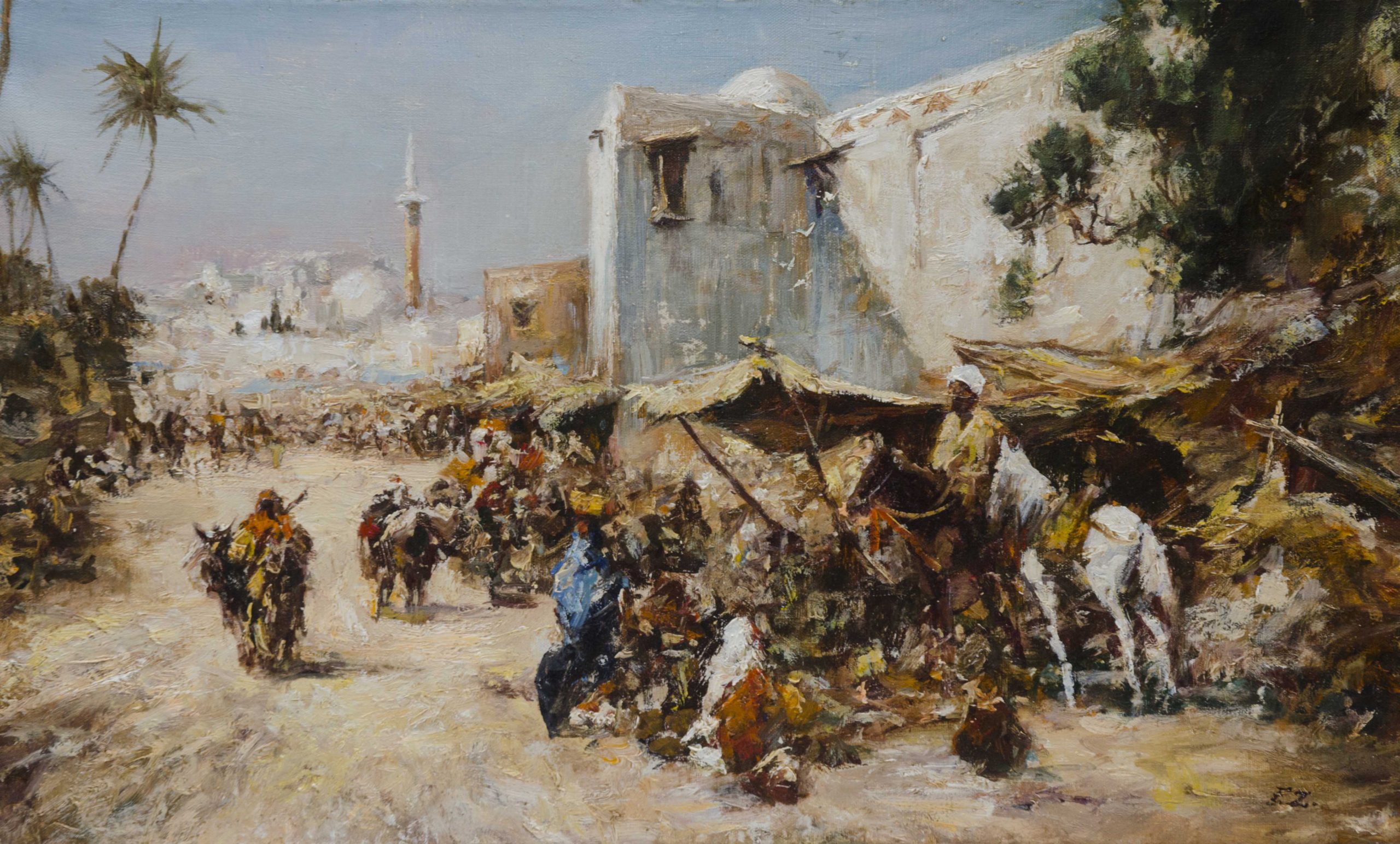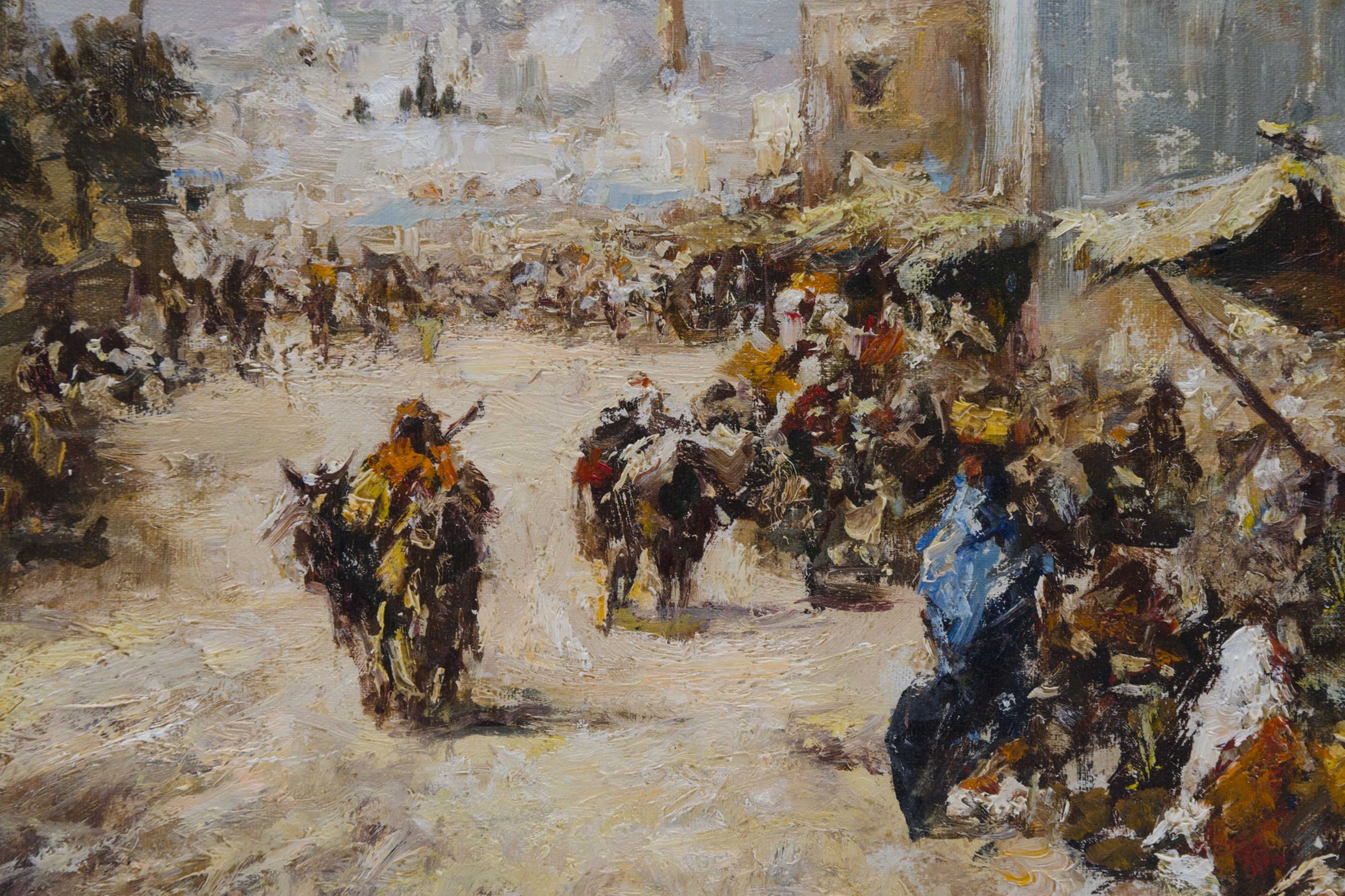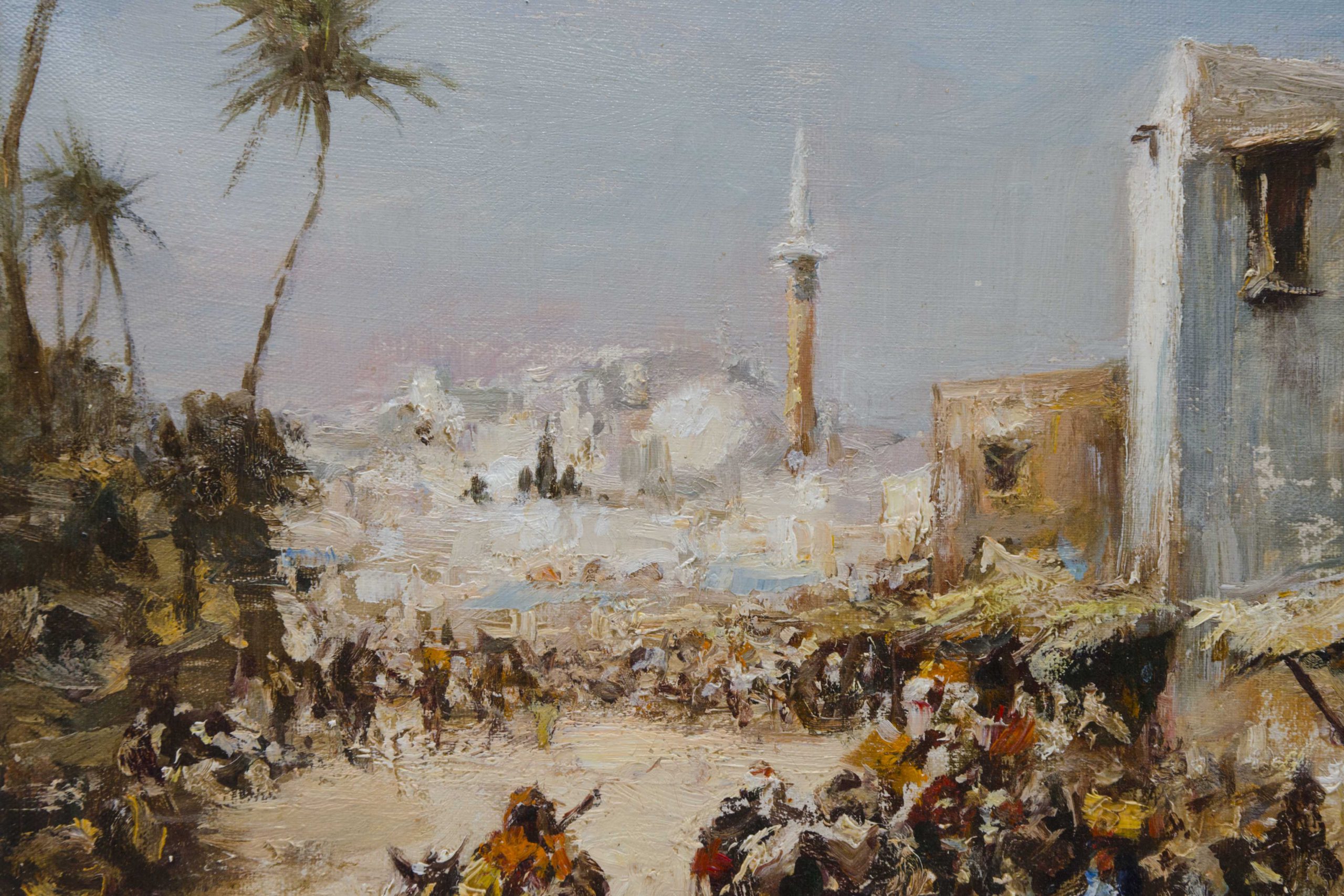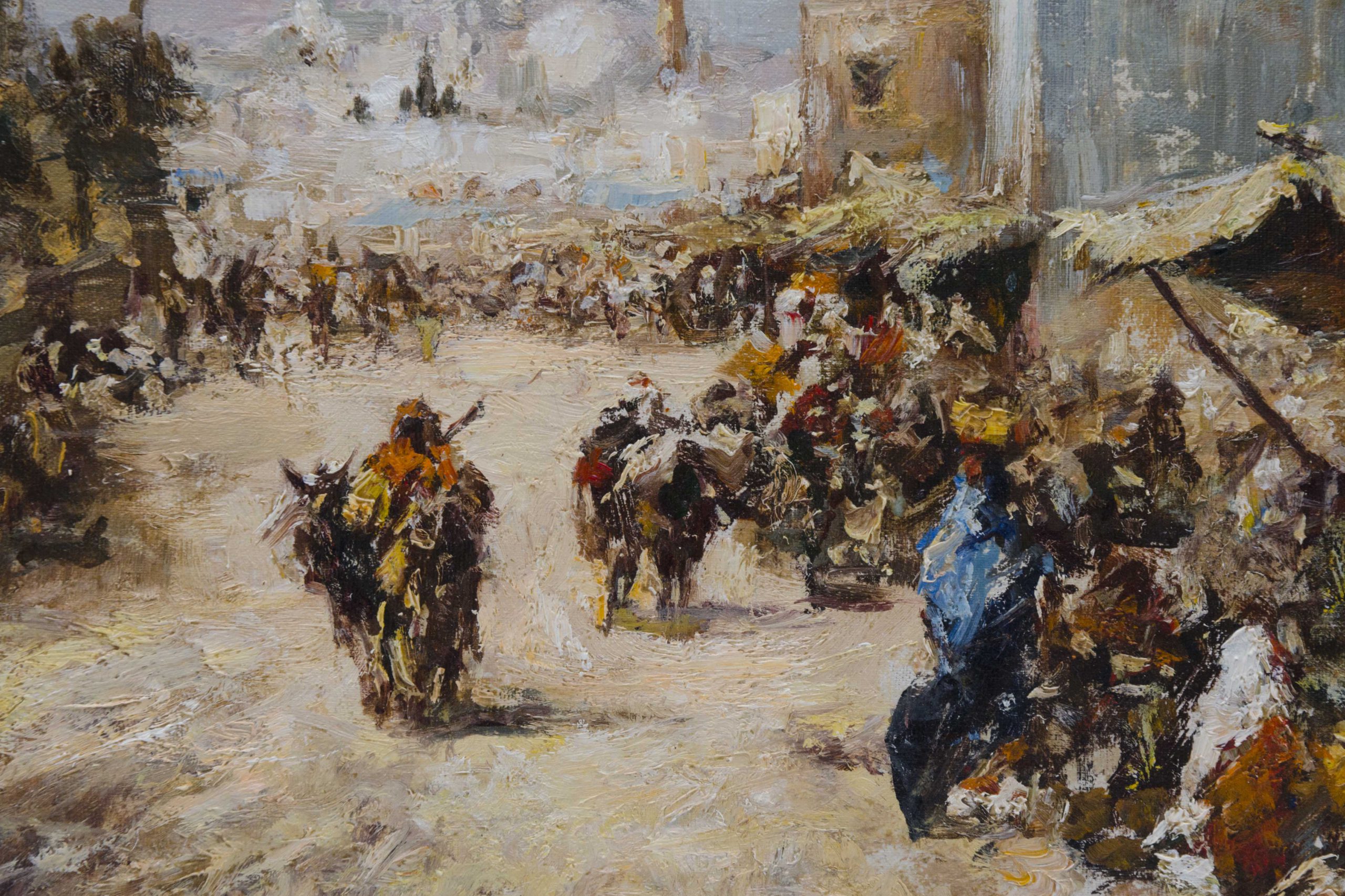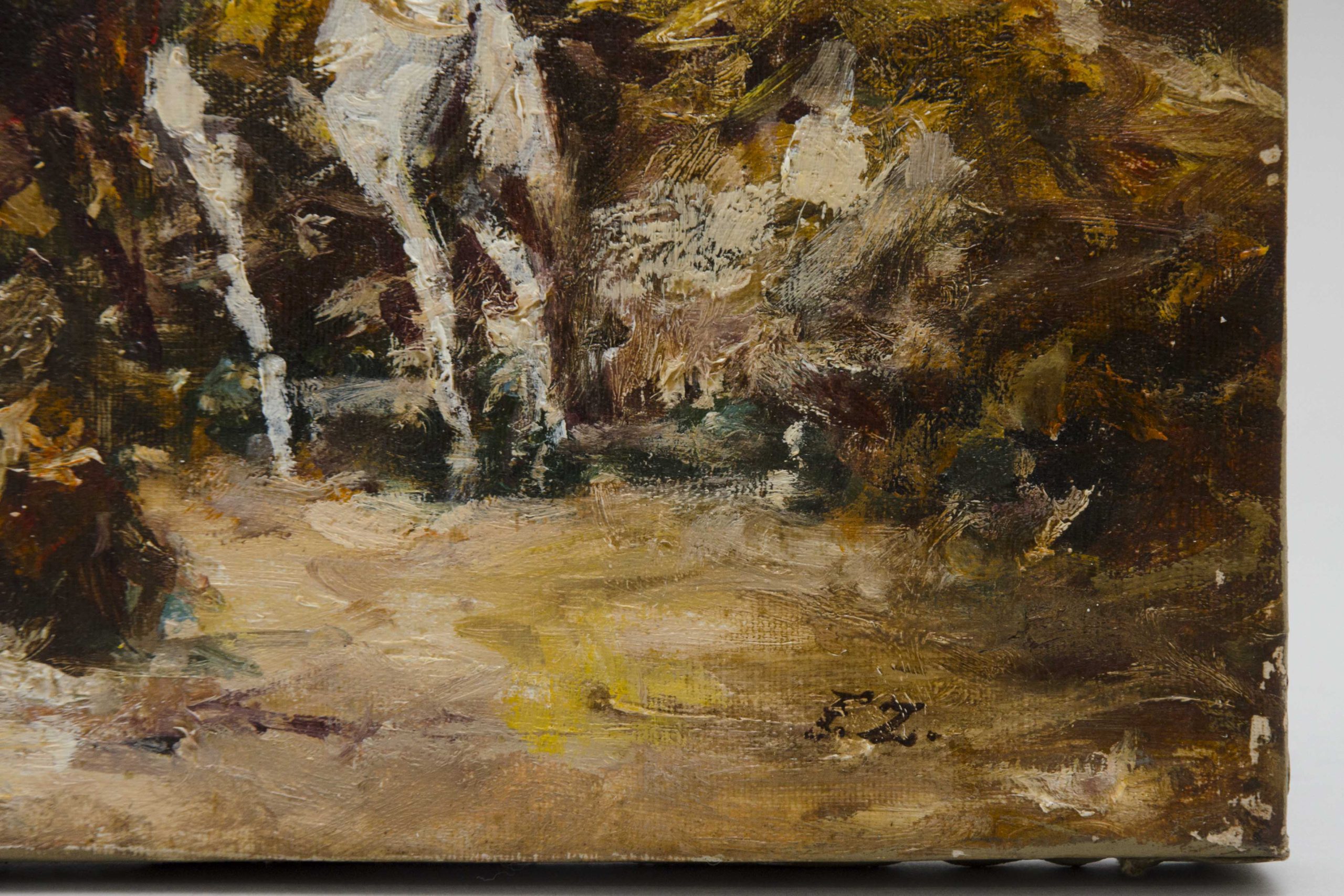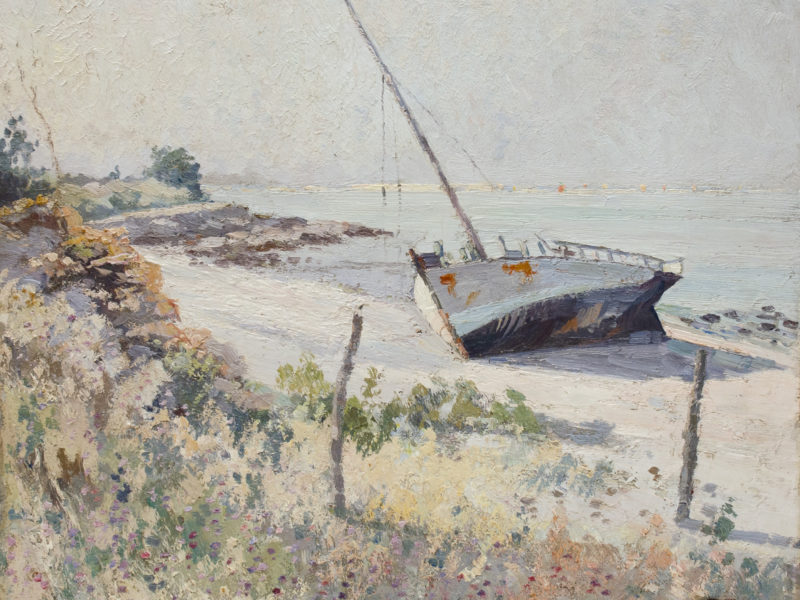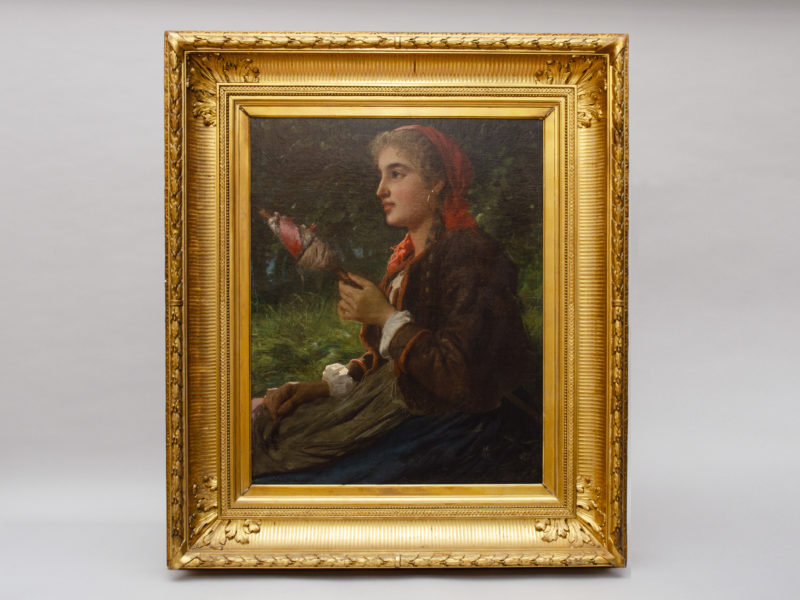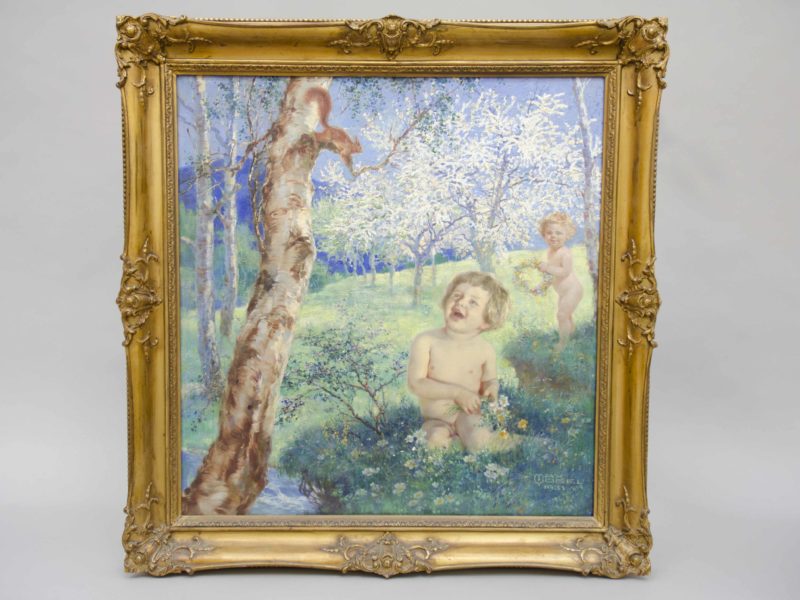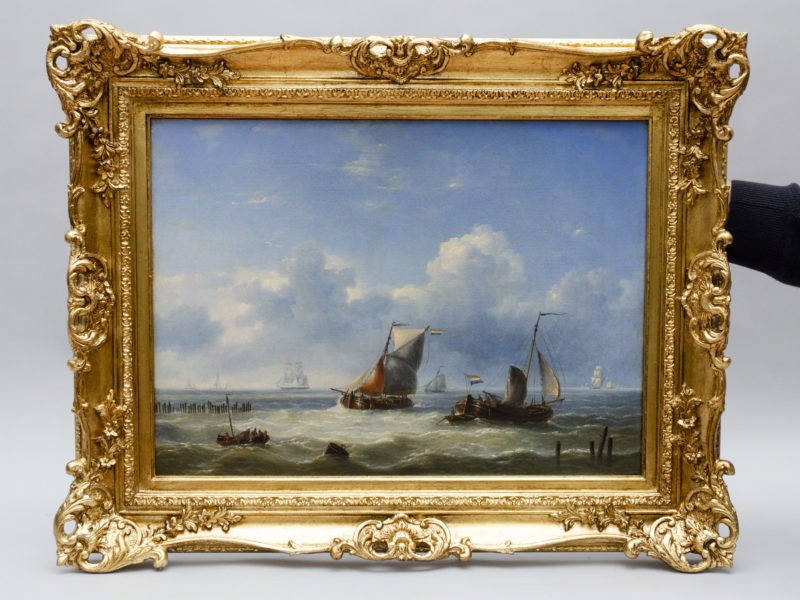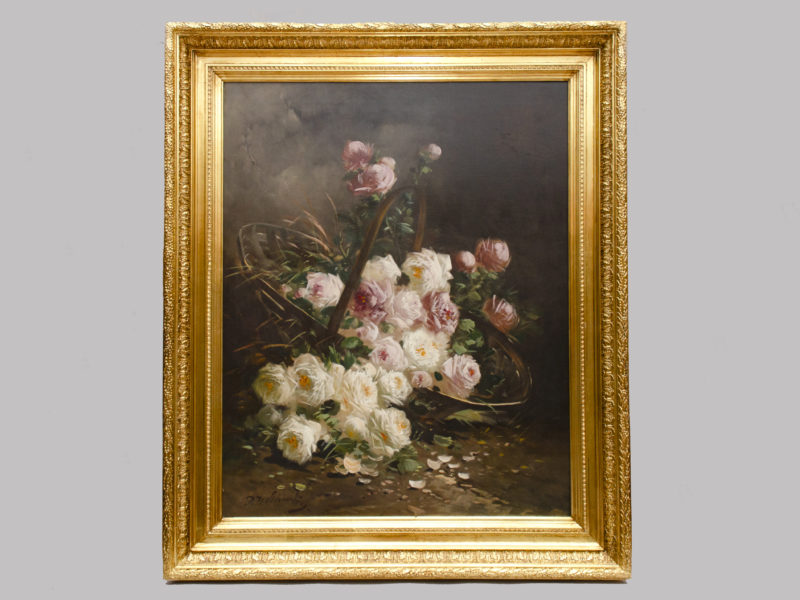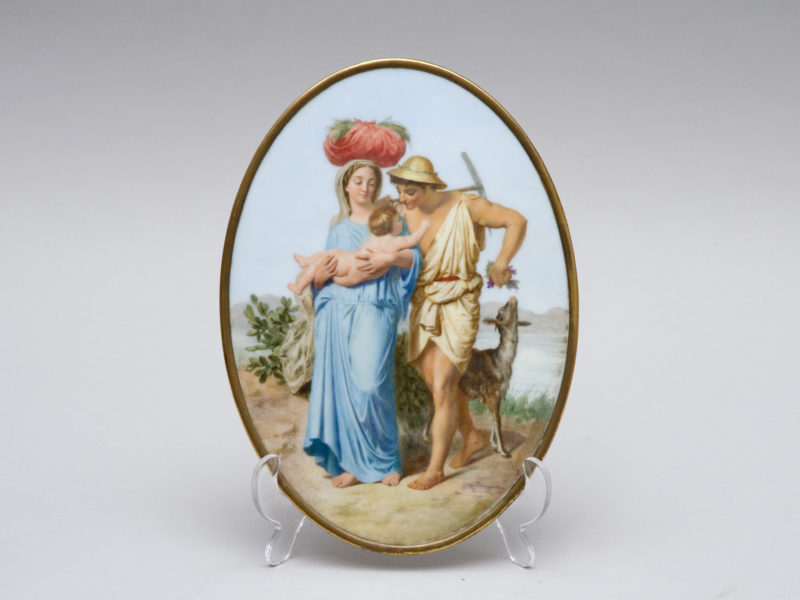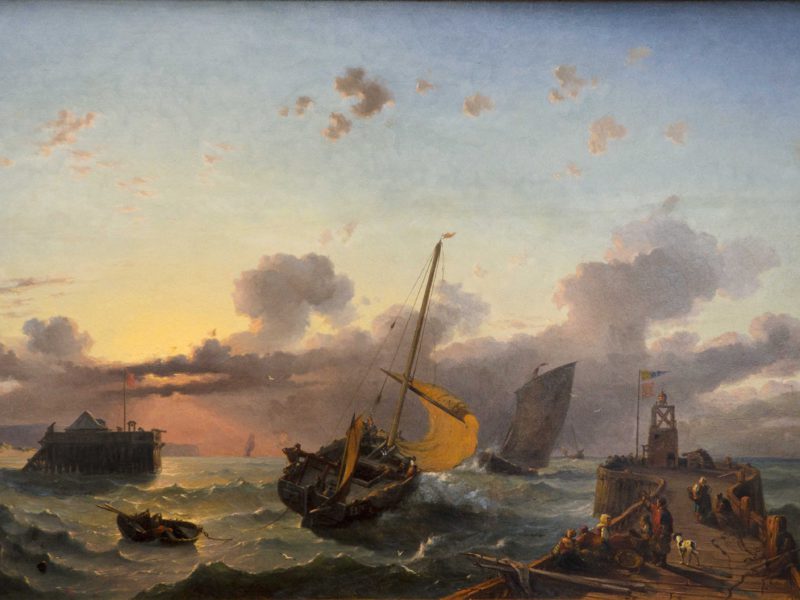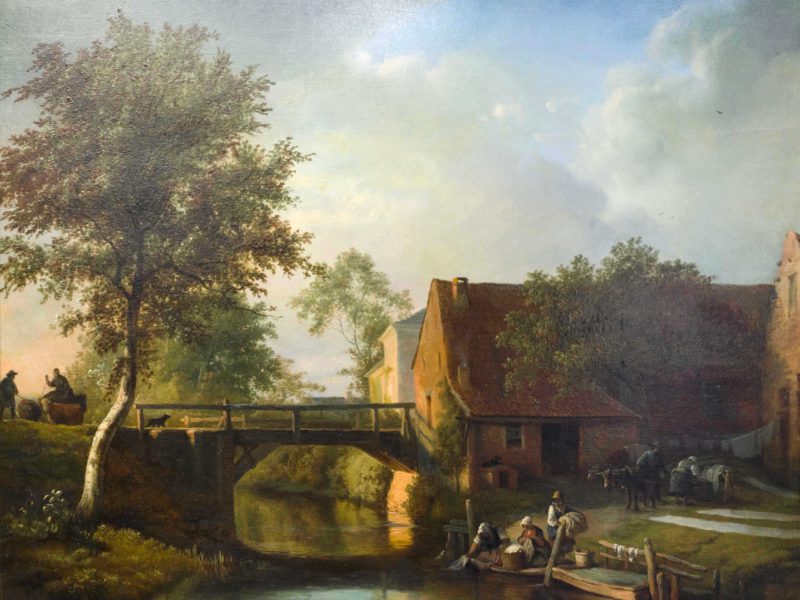ZONARO Fausto, attributed to
Out of stock
Beautiful impressionist Berber market scene. Small oil on canvas monogrammed ZF, attributed to Zonaro Fausto master of the Italian school of orientalism. Amazing quality, the technique gives a lot of light and life to the work.
Size: H 26cm x 46cm
Italian School, circa 1900.
Lit : Fausto Zonaro was an Italian painter, best known for his Realist style paintings of life and history of the Ottoman Empire.
Born in 1854 in Masi, dependent on Padova, Fausto Zonaro began his professional career as an apprentice bricklayer. His gift for art, which appeared at a young age, did not prevent him from fighting for economic survival. After his drawing work in Lendinara, he continued his artistic life for some time at the Accademia Cignora in Verona. under Napoleone Nani. Fausto opened a small art school and studio in Venice, but traveled often to Naples as well. He felt no clear direction in his life at that time. Later he graduated from the Academy of Fine Arts in Rome. He actively displayed works in exhibition and gained respect of critics. He painted mainly genre works in oil and watercolor.
In 1892, he moves with his wife to Istanbul. The paintings that Zonaro painted in the central districts of the city during these years became the most interesting works of his artistic career. 1896 he was nominated as the court painter thanks to the intervention of the Russian ambassador who had presented the ruling sultan Abdulhamid II with Zonaro’s work « Il reggimento imperiale di Ertugrul sul ponte di Galata » (in English: The Imperial Regiment of the Ertugrul on the Galata Bridge), which Abdulhamid II had then purchased.
Zonaro painted portraits, landscapes and historical paintings. It is claimed that “Zonaro was one of those who made a major contribution to the development of western style art in Turkey.”He was a prolific artist who created hundreds of works, most of which are of the Ottoman Empire. An exhibition of his work in Florence in 1977 “received wide acclaim in the art world”.
He left Istanbul with his wife in 1911, during the Battle of Tripoli, and moved to San Remo where he died in 1929.
Today, most of Zonaro’s works remain in Istanbul, and many of them are on display in the city’s leading museums.
Out of stock
Contact us